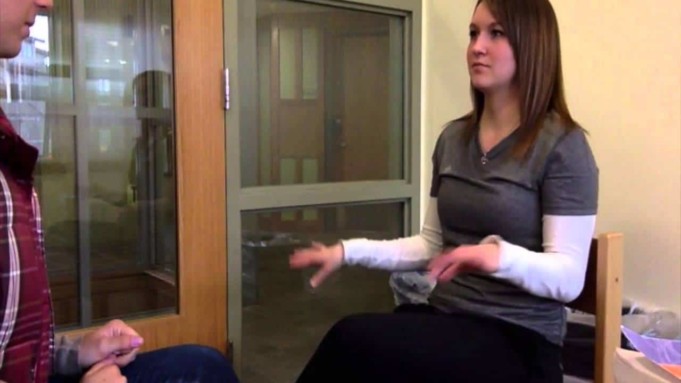Dysmetria is a loss of balance that happens when the cerebellum doesn’t work properly. This part of your brain helps you to make movements and process thoughts and actions that are synchronized.
Dysmetria is a symptom of several disorders, and with many other symptoms, such as tremors and ataxia, the inability to regulate muscle movements can occur.
There is no clear dysmetria therapy. Your doctor can prescribe medication or discuss how to handle the underlying condition that is causing it.
What does Dysmetria look like?
Upper limbs, such as arms, hands and fingers, can be affected by Dysmetria. Your lower extremities, such as your legs and feet, may also be affected.
This can appear in a few ways, such as:
- Hypermetria, which is when you overstep or overreach
- Hypometria, when you underreach or understand, which is
You will not complete motions from point to point if you have Dysmetria. For instance, grabbing an object with your fingers can be really hard.
Vision
Ocular Dysmetria, which happens when you have trouble focusing your eyes, can also be created. For instance, you would not be able to shift your eyes in one solid motion if you tried to turn your attention from one point to another.
Alternatively, you might look too far from the point or not look near enough to the point.
A subset of ocular Dysmetria is Saccadic Dysmetria. It affects saccades, which are rapid eye movements that occur from one point to another when you turn your attention.
Additional symptoms
You may have other symptoms related to the functioning of the cerebellum, in addition to Dysmetria. This means developing ataxia. Your ability to walk or balance may be impaired by ataxia.
What causes Dysmetria?
Dysmetria occurs when lesions develop on your cerebellum. This part of your brain can be altered by many things, including:
- Multiple sclerosis (MS)
- Deficiencies of vitamins B1 (thiamine), B12 (cobalamin), or E
- Stroke
- Alcohol or drugs
- A reaction to barbiturates and other sedatives
- Cerebellar degeneration
- Lyme disease
- Head trauma
- Celiac disease
- Hashimoto’s thyroiditis
This is not an exhaustive list of disorders that can cause the cerebellum motor problems. You can see the doctor if you have Dysmetria as a symptom to have them identify the underlying disorder.
How is Dysmetria diagnosed?
There are several ways a doctor can test for Dysmetria:
- Finger-to-nose test. This test needs you to extend your arm and then touch your nose with your fingertips. Furthermore, your doctor might ask you to touch your nose and then reach and touch your doctor’s finger in different ways. You might also be asked by your doctor to do this at different speeds or with your eyes closed.
- Heel-to-shin test. You need to lie down for this examination and put your heel to the top of the opposite shin. Then you must repeatedly shift the heel down from your shin to the tip of your foot.
- Imaging tests. To obtain an image of your brain, your doctor can order a head MRI.
- Genetic tests. If there’s a risk that something in your family health background may point to the condition responsible for your Dysmetria, your doctor – run genetic tests.
How is Dysmetria treated?
Dysmetria is unlikely to treat itself. By treating the illness that triggers it or discussing changes to dealing with the symptom, your doctor may be able to control the symptom.
Occupational or physical therapy may be prescribed by your doctor to help you treat Dysmetria. In your everyday life, you can also need to use assistive devices. A weighted utensil that helps you eat is one case.
You can also explore with your doctor the mental health effects of Dysmetria. They can help you decide whether you can use clinical assistance to deal with Dysmetria and learn how to respond to any cognitive impairments that could arise in addition to Dysmetria. Problems related to your mood or mental processing abilities can involve these impairments.
What is the outlook for Dysmetria?
By treating the illness that causes the Dysmetria, the doctor will be able to treat the Dysmetria or discuss changes to coping with it.
Much needs to be understood on how the brain functions. Brain function research continues to grow, and in the future, researchers will discover more treatment options for Dysmetria.












